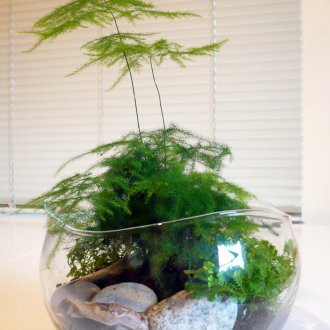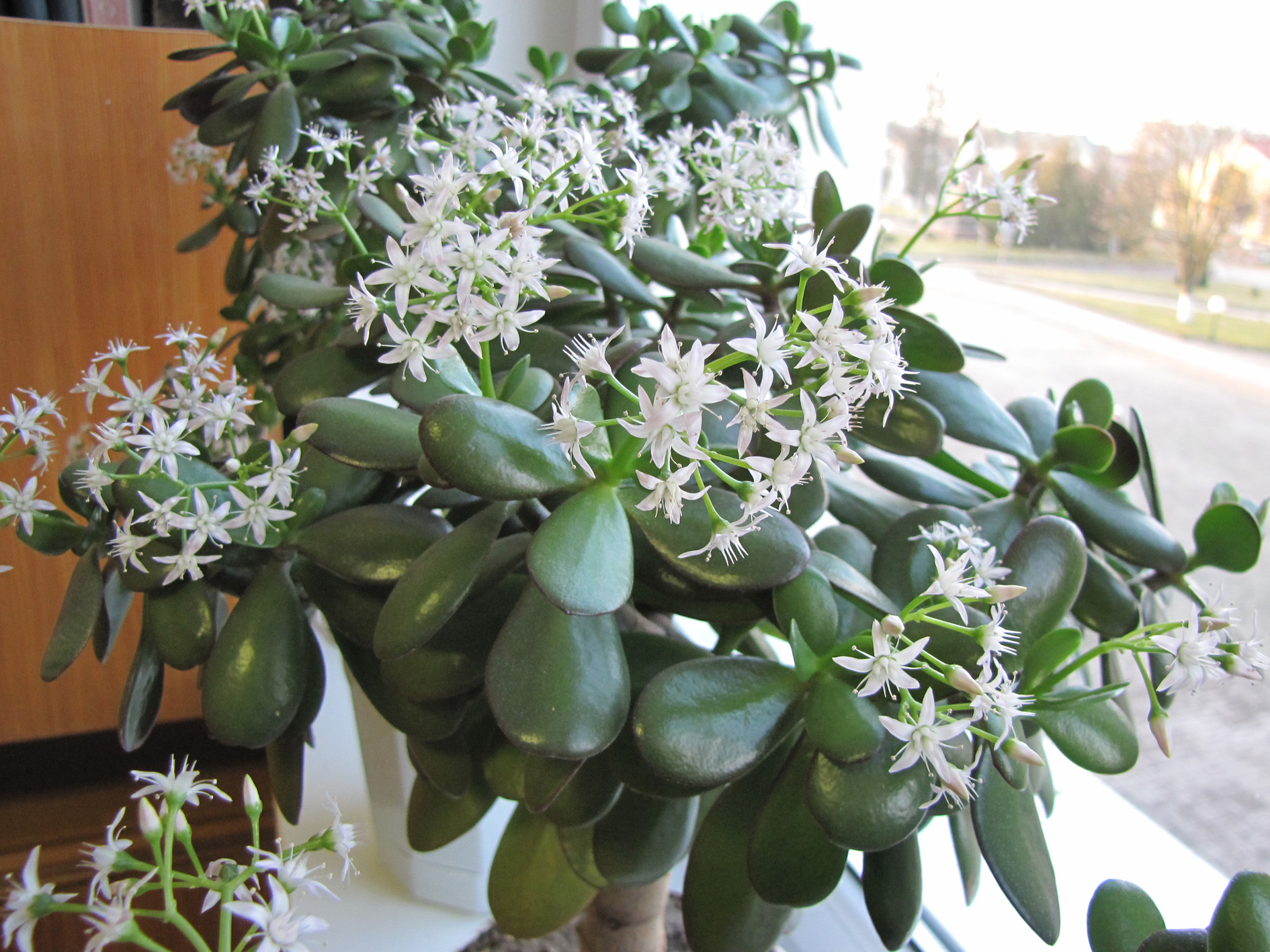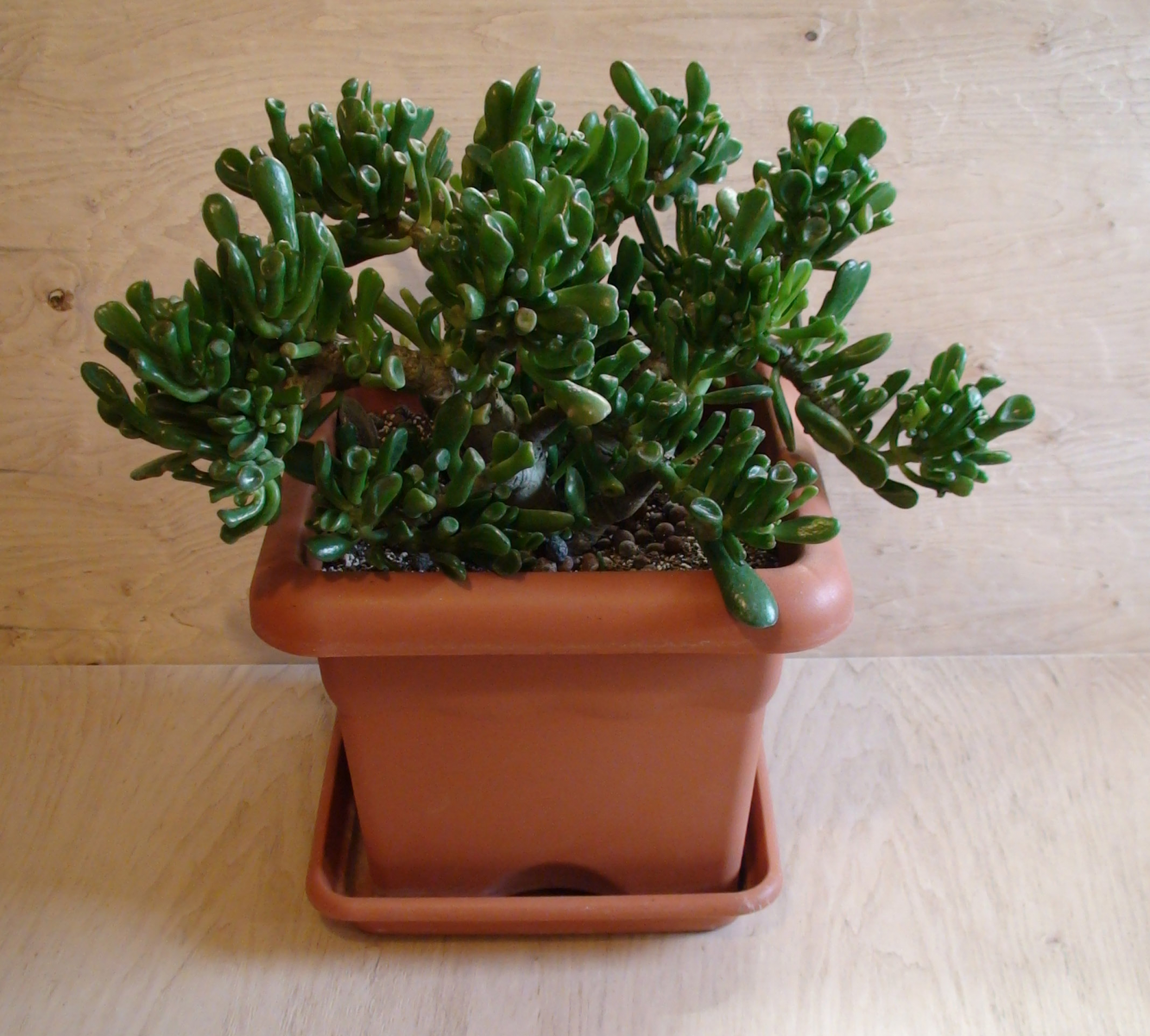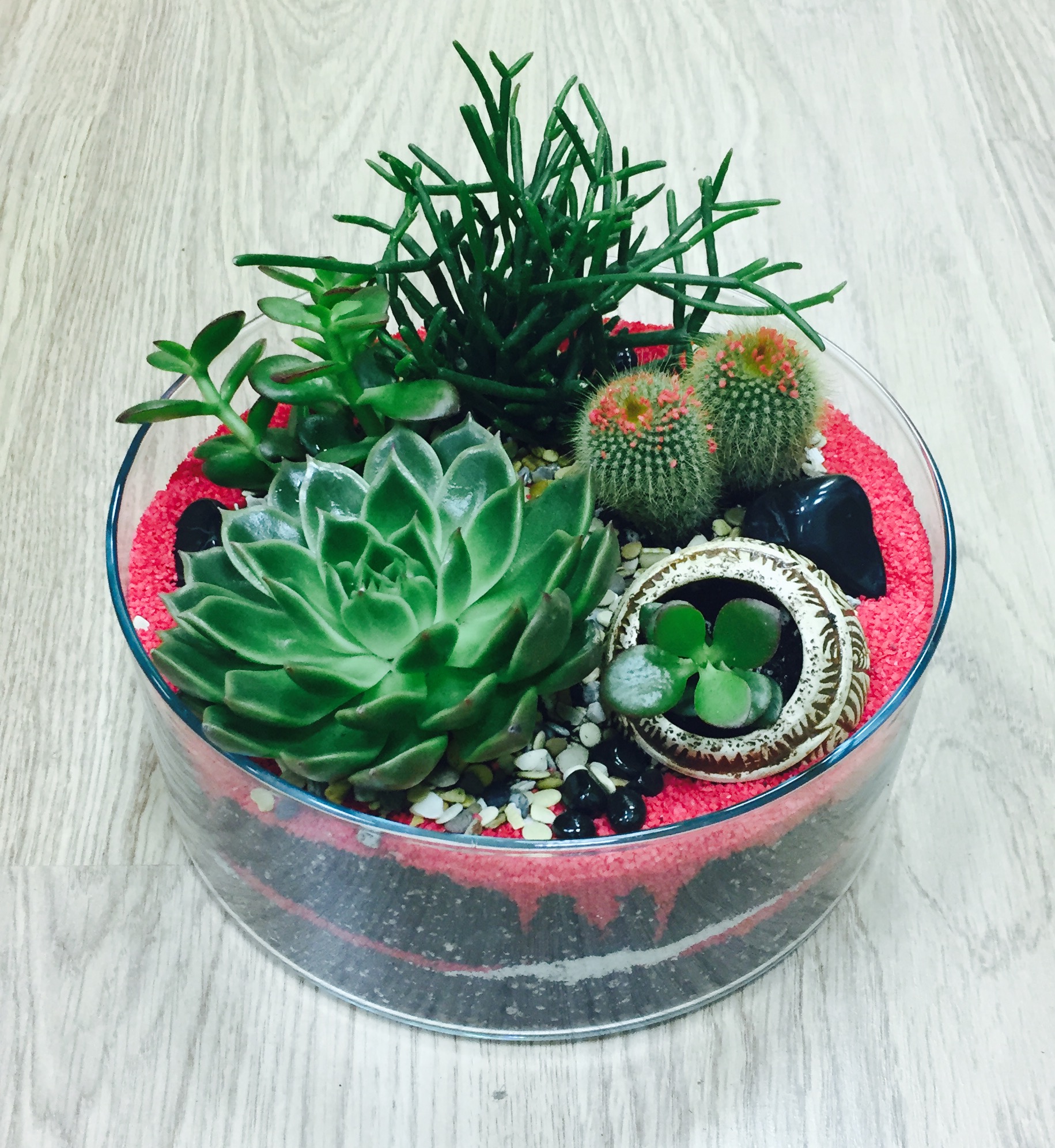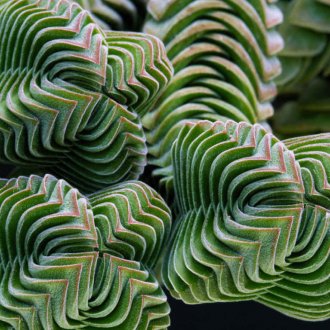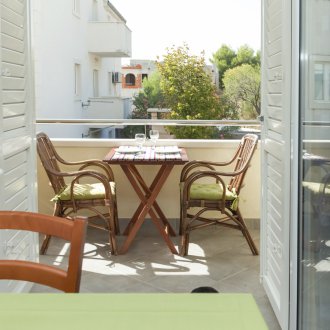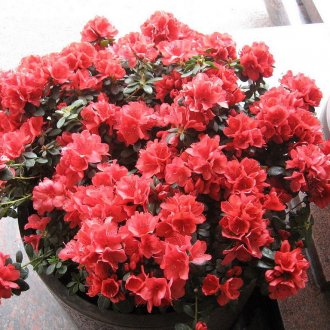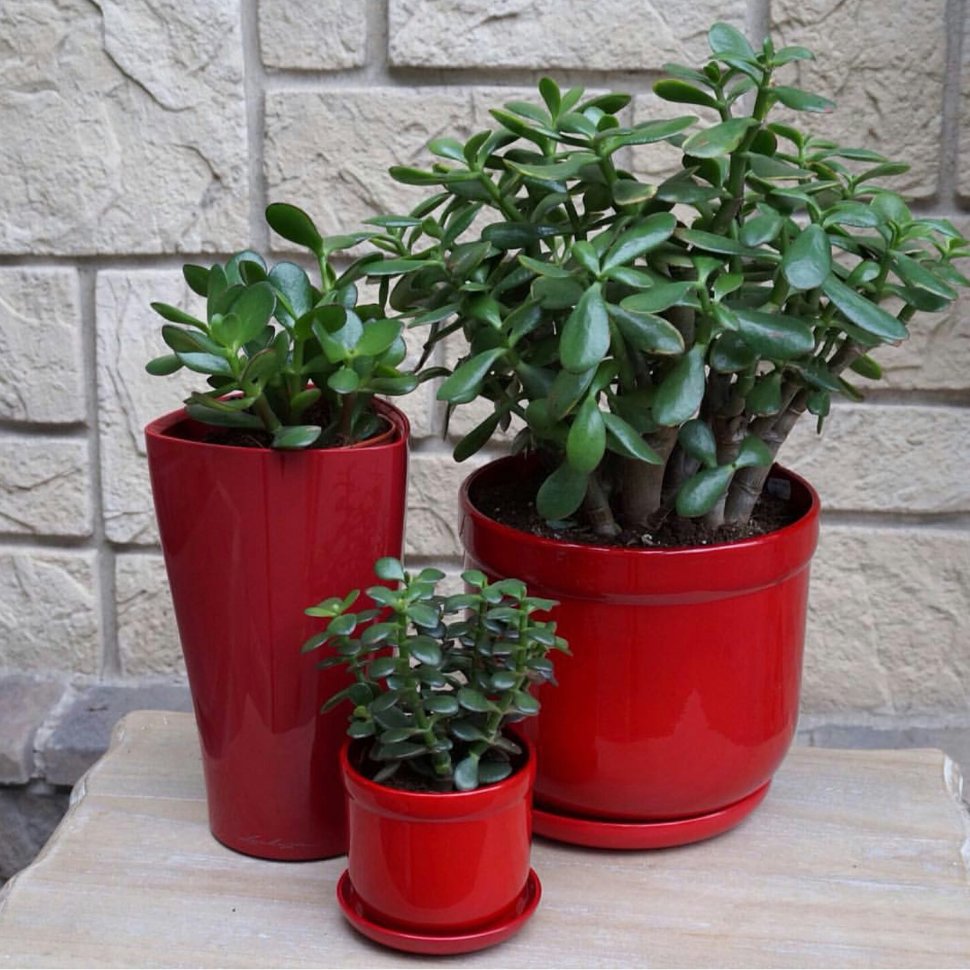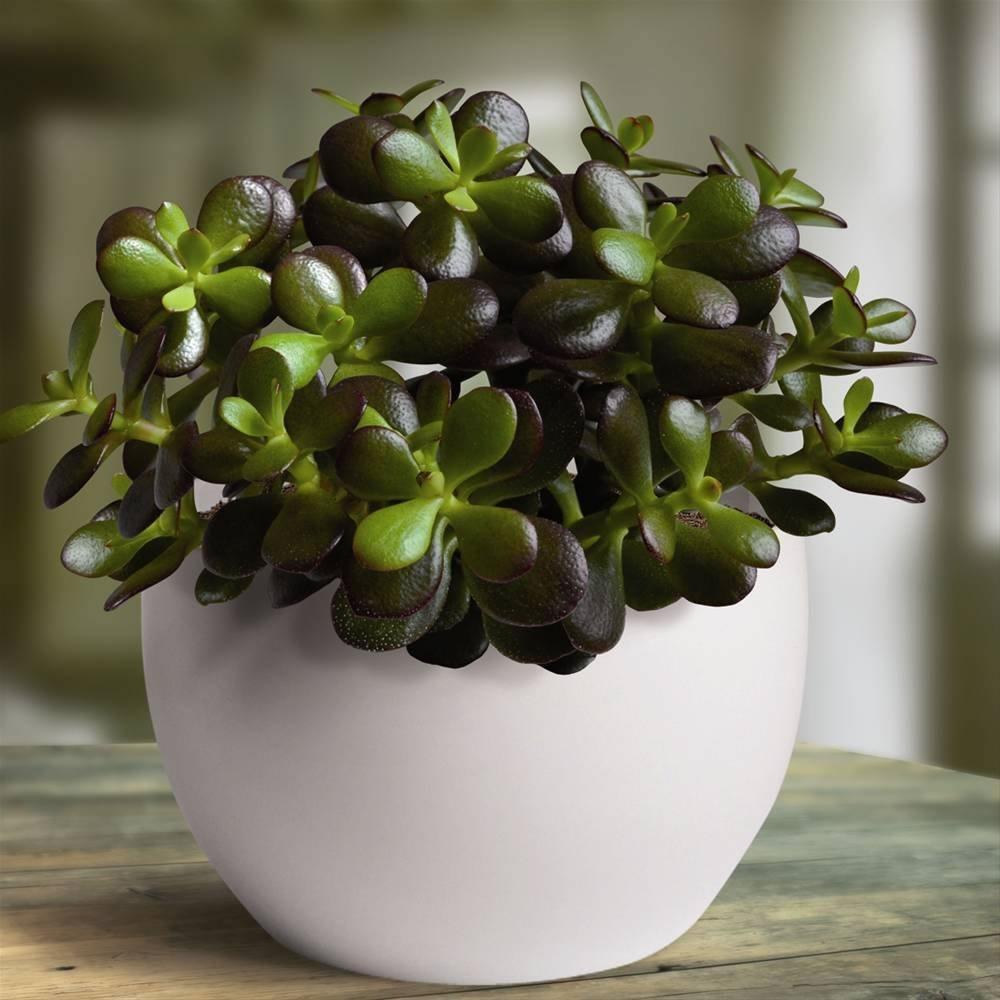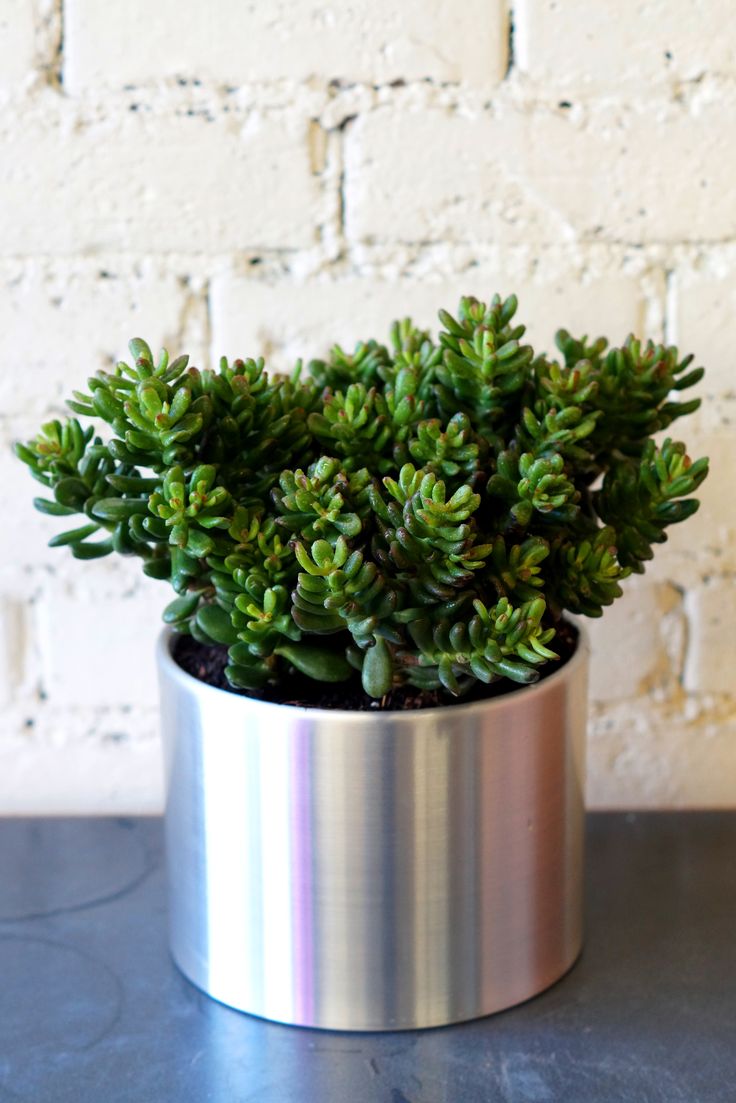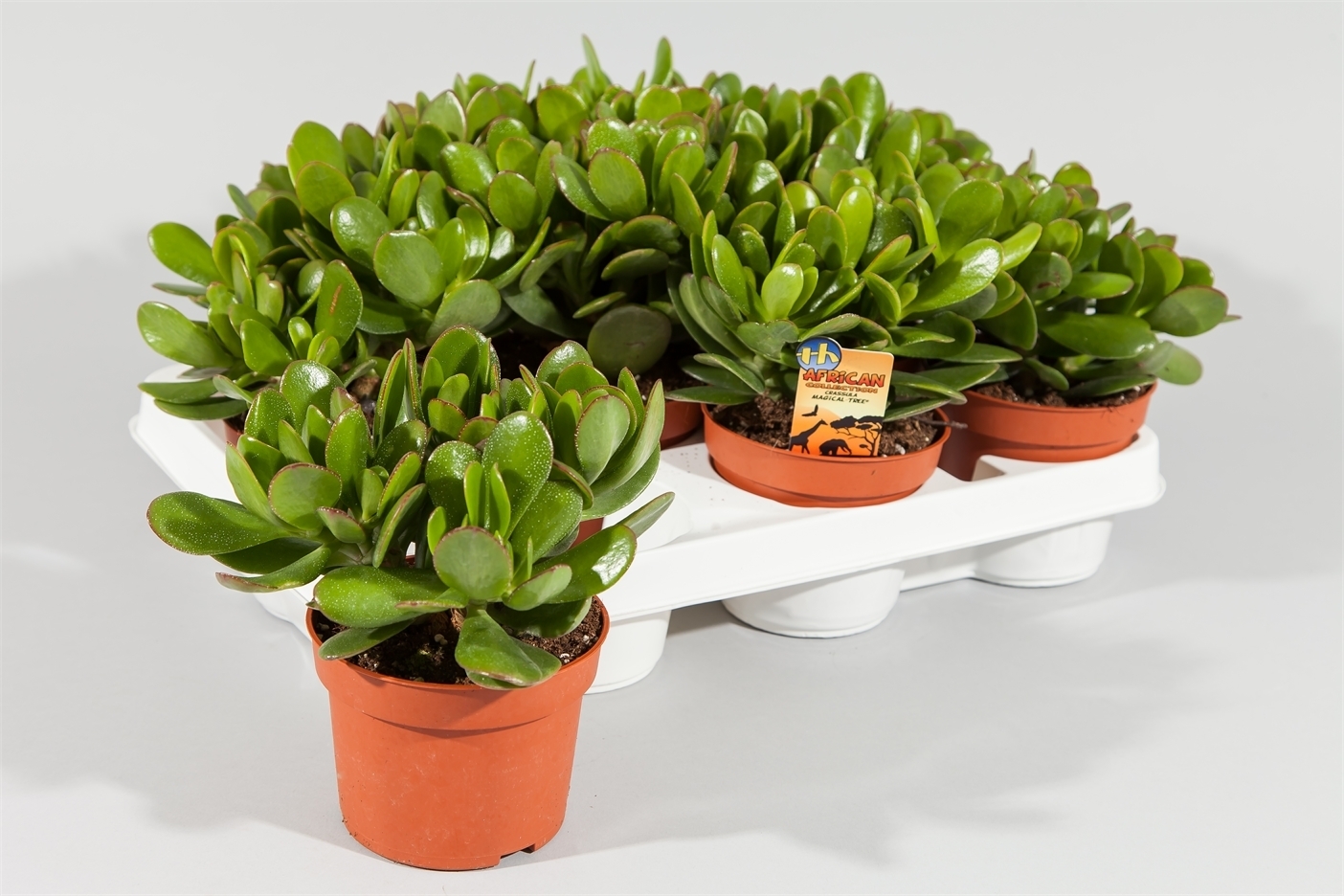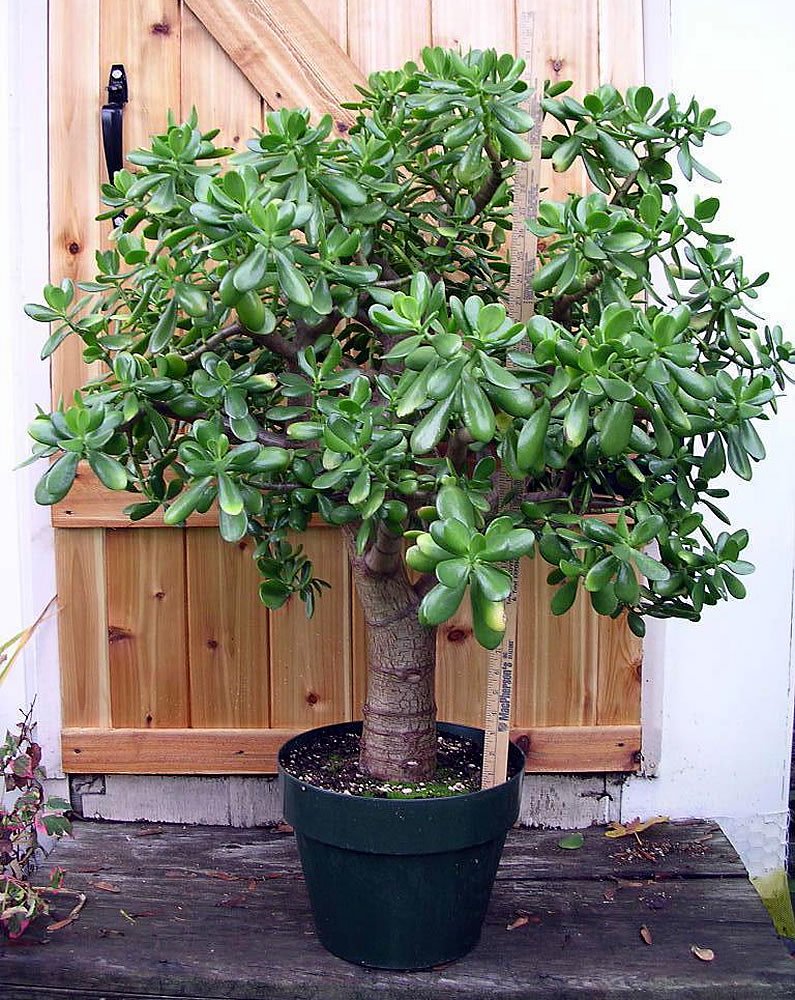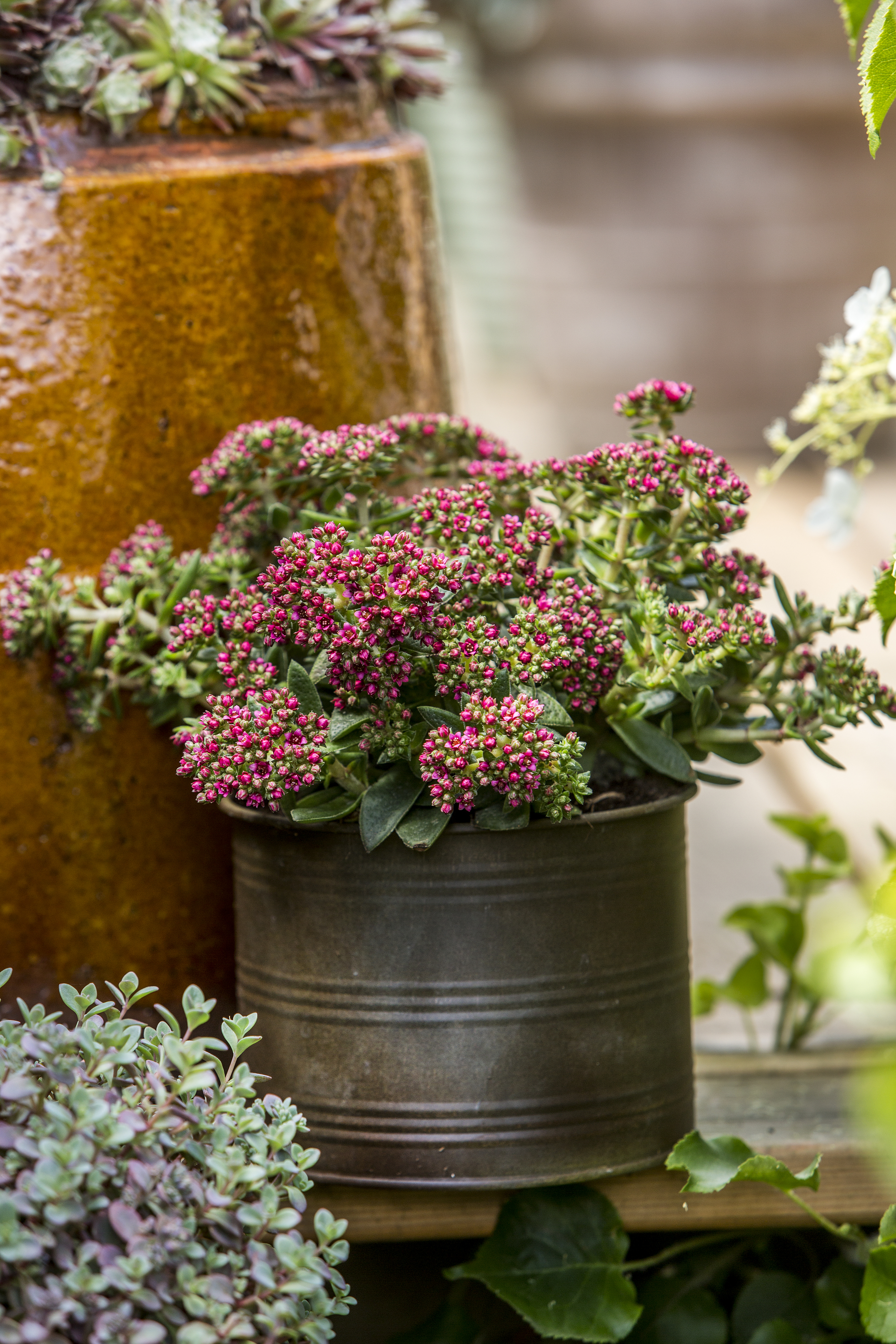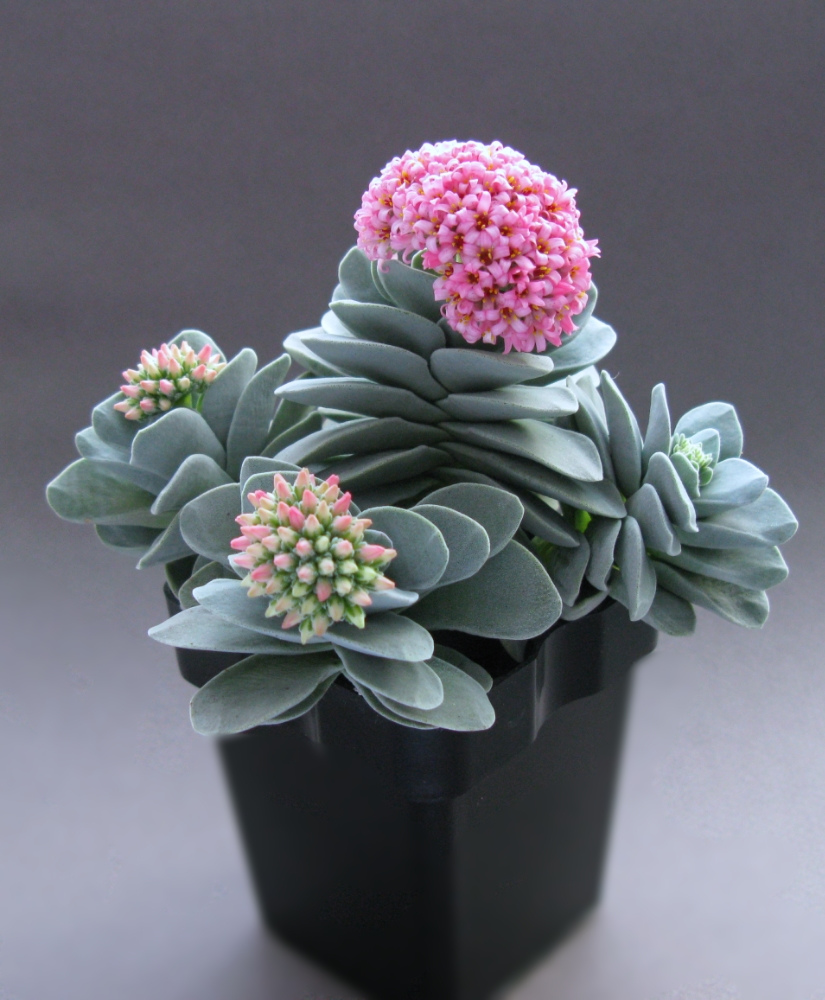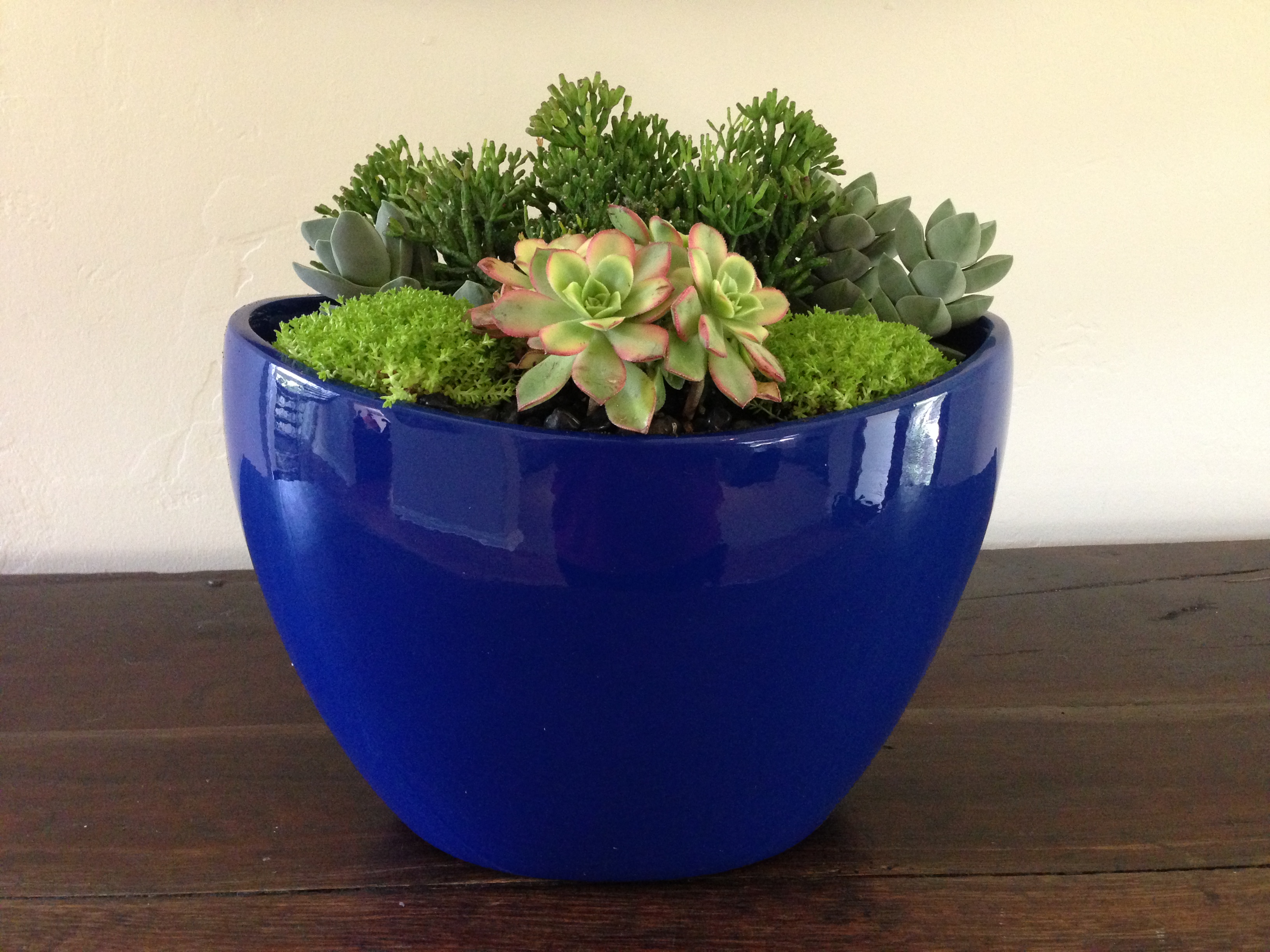Crassula home: features of care, reproduction (21 photos)
Content
Crassula is a plant of a succulent species, which is characterized by the presence of various shapes and sizes. The leaves and stem have a powerful structure, due to which the plant has the ability to accumulate water. The leaves of Crassula are characterized by an attractive opposite shape, and the stem can be either straight or creeping. The shape of the leaves is quite large. They can reach 10 centimeters.
The color palette of Crassula is rich in variety. It can be represented in various shades: from gray to reddish colors. The plant is flowering. Flowers are star-shaped and gather in a whisk, but do not differ in brightness and are small in size. This type of plant has a second popular name - Crassula.
Crassula is in high demand among gardeners, as it is characterized by unpretentious care. A plant can be an excellent solution when designing a personal plot. With it, you can create many spectacular compositions.
In addition to decorative properties, this plant is characterized by excellent antimicrobial properties. If you grow this plant at home, you can protect the air from the accumulation of a large number of microbes and bacteria in it. The plant can be used in the treatment of insect bites, bruises, cuts, abscesses.
Crassula in home flower growing: popular types
Useful and beautiful crassula is represented by different species in a number of indoor plants. Experienced flower growers distinguish some of the most popular.
Crassula tree
These species have many common names: "Money tree", "Fat girl", etc. The evergreen perennial is characterized by a thick tree-like trunk. The leaves are massive, thick, have an elegant rounded shape. At home, the plant looks like a neat tree, which has a height of not more than 1.5 meters. Sometimes the growth can be a little bigger.
Crassula ovoid
A plant in the form of a bush of South African origin in height can grow up to 1.8 meters. Massive, lignified stems in the lower part are distinguished by the presence of a dark color. Spectacular, wedge-shaped, shiny leaves of a green flower occasionally may have a reddish rim.
Crassula crescent
This plant is a shrub. Its height is within 1 meter. A much branched, straight, powerful stalk in its shape resembles a tree-like fatty. Fleshy and bright green, gray leaves are similar in shape to a sickle due to a blunt ending. The plant blooms in small bright orange inflorescences.
Crassula is floating
This shrub is distinguished by the presence of straight slender trunks, which in height do not exceed 30 centimeters. Small leaves of a trihedral, ovoid, somewhat rounded shape densely located on the stem. This plant does not form a tree. According to the characteristics of growth, it more closely resembles a shrub.
Crassula perforated
The compact shrub with a lignified stem has neat egg-shaped leaves. They are pointed, covered with a bluish coating. The base of the leaves seems a little fused.If you look at this type of plant, it may seem that the shoot seems to grow through the leaves. When grown at home, this subspecies does not bloom.
Crassula is pterygoid
A spectacular shrub of an original form can grow up to three meters in the growth process. When grown indoors, the shoot length does not reach more than 40 centimeters. The stem is thick, and the leaves are rounded, oval in shape.
Features of care for the rosula at home
Crassula home is unpretentious in care. In order for the plant to feel as comfortable as possible at home and delight the eye with its unsurpassed appearance, it is useful to heed the advice of experienced flower growers.
Most species of Crassul are not afraid of direct sunlight. Therefore, the pot can be placed on the south side. The optimal solution is the southeastern zone of the windowsill.
It is not necessary to place Crassula on the north side, since a small amount of light adversely affects decorative qualities. In summer, it is useful to leave the plant on the balcony or veranda. Fresh air has a beneficial effect on growth and external data.
Crassula is an unpretentious plant. It perfectly tolerates heat. In winter, it does not suffer unlike other plants due to the influence of heaters. The plant will feel great in a cool room, where the temperature does not exceed 10-15 degrees. This species is not afraid of low humidity, but protect the plant from drafts.
As for constant care, it implies irrigation. Watering the flower does not need very often. From time to time it is necessary to carry out top dressing, and wipe the leaves with a damp soft cloth from dust accumulation. Watering is recommended as the soil dries. Do not overfill the plant. This will rot the roots. In winter, it should not be excessively frequent, the soil should have time to dry out 2-3 centimeters deep. No need to allow waterlogging. If, for example, you go on vacation for 3-4 weeks, then the flower of Crassula will easily survive your departure.
Fertilizing plants must be done in spring and summer. For this purpose, you can buy in the store a special liquid fertilizer for succulent cacti. In the autumn and winter, do not feed.
Key recommendations for planting and plant formation
A tree is formed when it is young. If this operation is performed in an adult tree, then stumps will remain according to its results, which will adversely affect decorative functions. It is required to correctly select a pot.
Planting of the Crassula should be done in a shallow pot. It is important that it is not excessively large. This will lead to the fact that the root begins to deepen, and the trunk begins to stretch. Such a plant will look less attractive.
The soil for the plant is also selected competently. It should contain turf soil (1/3 part), humus (1 part), sand, sheet soil, gravel with small grains, crumb bricks. As soon as the plant reaches 15 centimeters in length, it is necessary to gently pinch off the two upper leaves from it. They should be the smallest at the top. At this point, branching will begin soon. Proper formation will allow you to get a beautiful ornamental plant.
Thus, in the growth process, where you want the shoots to be, you need to tear off two leaves. So you can give the tree a spectacular and attractive shape.
How to transplant Crassula on time? When is the best process to complete? This procedure must be performed at least once every two years. The transplant of the rosula is performed as it grows. As soon as the root system begins to fill the entire pot, it is recommended to think about organizing a transplant:
- In order to transplant, you will need to take a pot of the required size.The plant is transplanted in the spring.
- A drainage layer is laid at the bottom. It should consist of chipped bricks, expanded clay.
- Gently take the plant by the stem and transfer the tree together with a lump of earth into a new pot.
- Fill the voids with a fresh substrate.
- If the plant has an excessively long root, then before planting it can be shortened a little.
Features of the reproduction of homemade rossula
Crassula, for which home care is simple, can propagate by cuttings. This method is more reliable and less troublesome. For this purpose, stem segments are used. A leaf or a large shoot will need to be carefully cut with a knife. Do not forget to cut processing. For this, crushed coal is used.
The shoot or leaf is dried for 2-3 days, and then rooted. For planting, a mixture of sand and sheet soil is used. Rooting can also be done in water that is diluted with charcoal. When the first roots appear, they are planted in pots. Care is also the same as for an adult plant.

